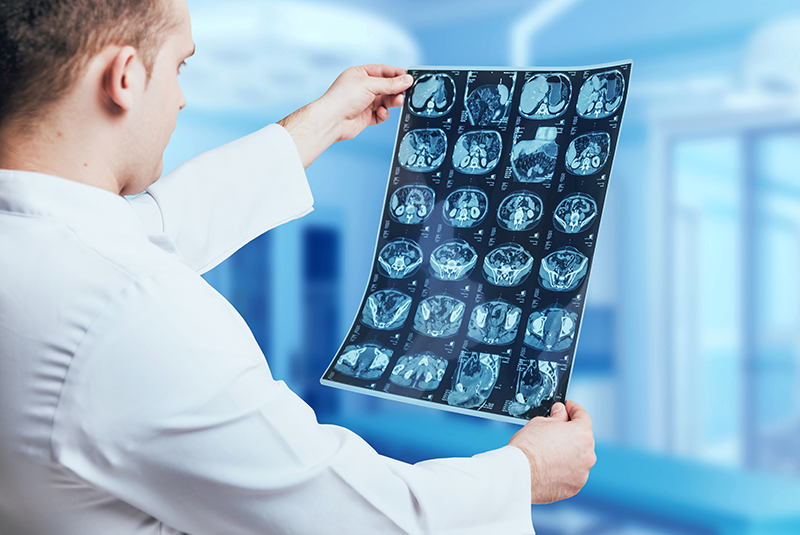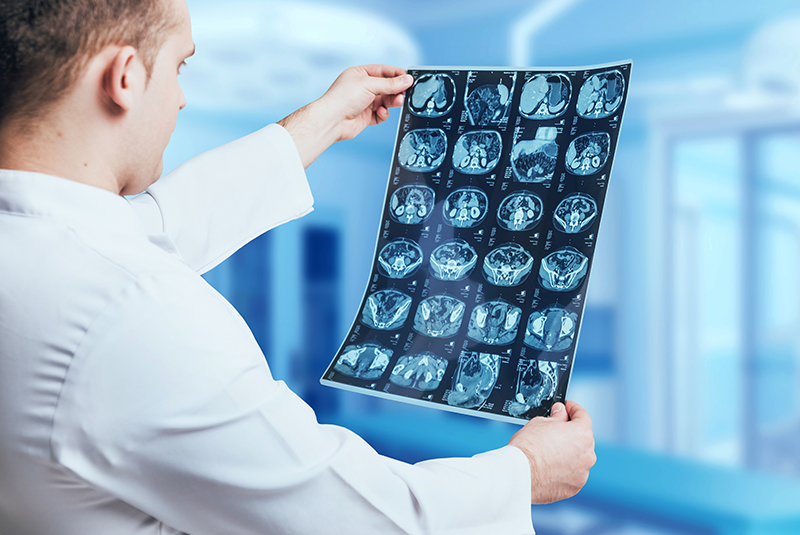
Table of Contents
For quick communication of diagnostic information to medical practitioners, effective and accurate transcription of radiology reports is essential. Medical transcription services are available to convert radiology reports, such as X-rays, MRIs, CT scans, and ultrasounds, into precise and thorough medical records. These transcripts act as the basis for communication between healthcare providers. It also enables seamless collaboration and prompt delivery of important information to referring physicians and specialists. By providing thorough documentation that supports precise diagnosis and treatment planning, radiology transcription also supports patient safety.
Significance of Accuracy and Turnaround Time in Radiology Transcription
Accurate and timely radiology transcription serves as the foundation for optimal patient care and treatment choices. Any error or inconsistency in radiology reports or can result in incorrect diagnosis, ineffective treatments, and even patient injury.
Turnaround time for reports (TAT) is important in diagnostic radiology since it has an impact on every individual involved, including the radiologist, patient, referring provider, and administrator. Radiology departments work to speed up various report turnaround times, which vary depending on the interests of the various stakeholders. A Radiologykey.com article defines TAT in the context of different stakeholders as follows:
- Radiologist – from the end of the examination to the signature on the final report
- Referring provider- from placing the order for the examination to the receipt of the result
- Patient -from time of the exam to the communication of the final results
- The administrator- from the time of examination to when the claim or bill is submitted.
Speech Recognition Software – New Technology for Radiology Transcription
Speech recognition software is one of the most significant technological developments in the field of radiology. Radiologists can use this technology to dictate their reports into the system, which will immediately translate the speech into text. Through machine learning algorithms, speech recognition software continuously improves its accuracy, producing more accurate and effective transcriptions. By eliminating manual typing, it allows radiologists to speed up transcription, resulting in quicker report generation and easy dissemination of important results to referring doctors.
The efficiency and precision of speech recognition engines have increased with advancements in deep learning and natural language processing, which are based on large volumes of voice data. The development and progress of voice technologies have been further propelled by the rapid expansion of cloud-hosted AI.
With prospective developments in artificial intelligence and machine learning, the future of radiology transcription holds even more promise. Cloud-hosted and AI-driven voice recognition is discreetly making significant strides in revolutionizing radiology reporting, even as pixel-based AI models and other technologies often capture the headlines, according to a Diagnostic Imaging article. Today, users experiencing improvements of everyday radiology workflows and new ways of applying the technology to enhance efficiency for improved patient outcomes.
However, while use of speech recognition software is increasing in radiology, it has some shortcomings which can compromise the accuracy of the radiology transcripts. This software fails to recognize and convert thick accents, slangs or even technical words that lead to inaccurate reports. Another drawback is that this system does not work well if there is any background noise. Due to these disadvantages, many radiology practices rely on a medical transcription company to edit machine-generated radiology reports. A combination of speech recognition software and human transcription is the ideal approach to ensure accurate radiology transcripts.


